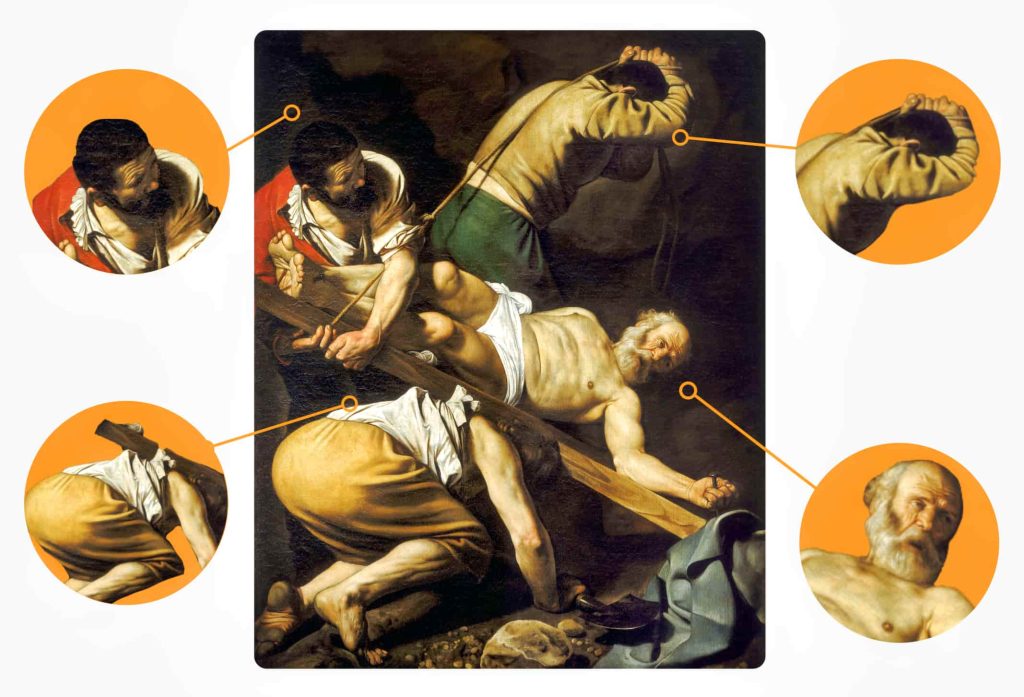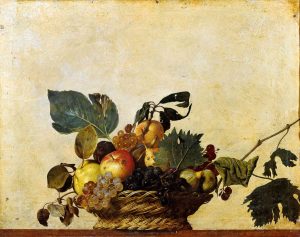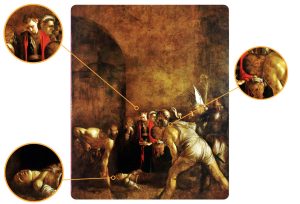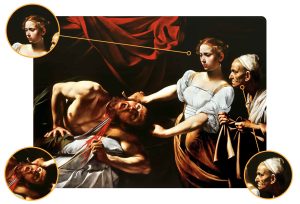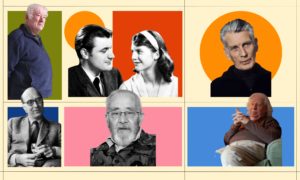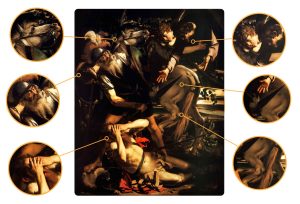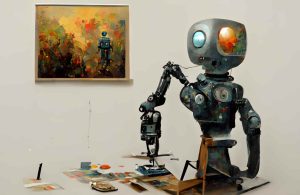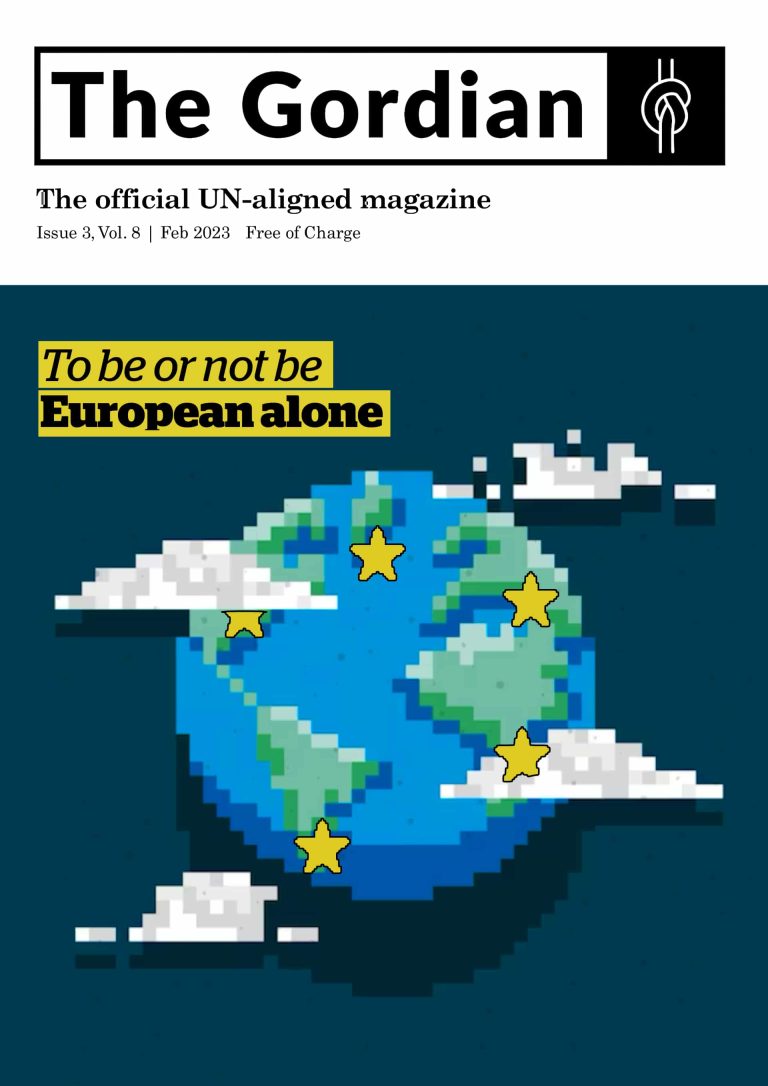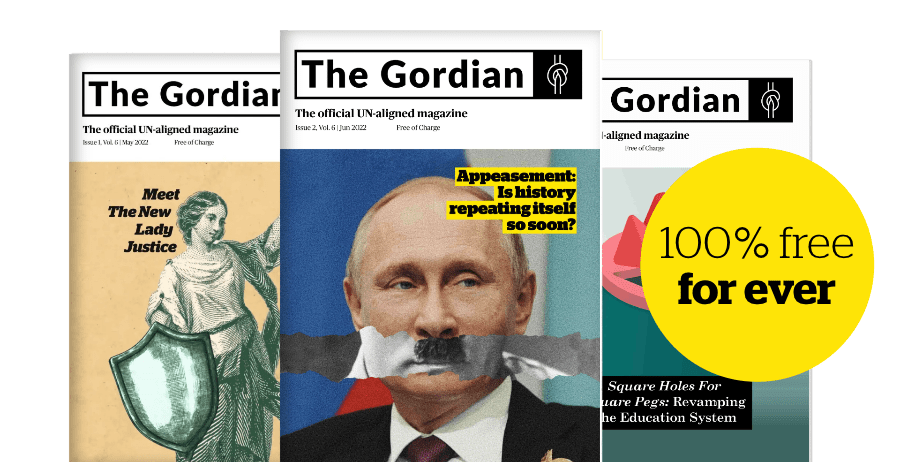Caravaggio’s 1601 Crucifixion of St. Peter showcases mastery of light, human detail and transformative narrative in this iconic Baroque masterpiece.
My fixation with Caravaggio is one that prompts me to continually seek avenues to discuss his work. The necessity to scrutinise the Crucifixion of St. Peter, residing in the Cerasi Chapel, provides a convenient pretext. This painting, like the Conversion of St. Paul, was crafted for the same patron.
Yet, the underlying motivation is less about circumstance and more about an earnest fascination with Caravaggio’s life and artistic creations, even though the root of this allure remains elusive.
The allure might stem from Caravaggio’s perceptive grasp of everyday life, his knack for uncovering art and beauty where most would miss it. His characters, realistic and flawed, are paradoxically adept at personifying saints and encapsulating religious and philosophical concepts.
Caravaggio’s command of light, darkness and human details
Caravaggio’s mastery in manipulating light and shadow never ceases to enthral me. Rather than employing this balance solely for technical reasons as many artists do, Caravaggio utilises it as a vital instrument to uncover the hidden narratives within his characters. His artwork invariably discloses much more than the immediately apparent.
Caravaggio’s exceptional ability to detail every aspect of human life is awe-inspiring. Despite lacking the same anatomical precision as Michelangelo, Caravaggio, through careful observation of his street-chosen models, succeeds in delineating every nuance of the bodies he depicts.
He ushers us into their world in a new “language”, devoid of the philosophical and heroic idealisation frequently employed by his contemporaries. His paintings offer a unique beauty, distant, weather-beaten, sometimes even worn out, yet undeniably present.
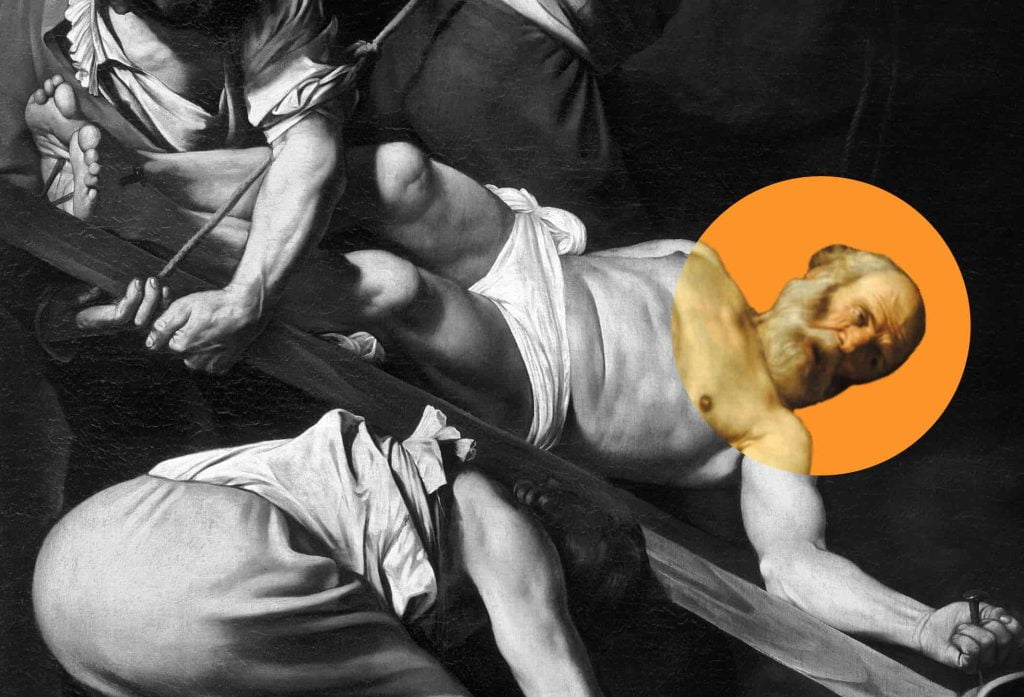
The absence of heroism in the Crucifixion of St. Peter
This departure from heroism is vital to interpreting Caravaggio’s Crucifixion of St. Peter. The only semblance of heroism is the conceptual bravery associated with the apostle’s acceptance of martyrdom.
Peter, while being the central figure, is portrayed without any celebratory tone. His ordeal is depicted as an intimate, solitary struggle, reminiscent of our own encounters with mortality.
His crucifixion, though symbolically similar to his Master’s, is emotionally and technically removed from Jesus’s. Notably missing is the emotional response of the onlookers. Peter’s crucifixion is devoid of the grief-stricken faces of John, Mary and the pious women typically present in such scenes.
Characters and their roles in the crucifixion
In Peter’s martyrdom, the other depicted characters express no sentiment, only a sense of duty and precision. Each character operates within their defined space and role, absorbed in their tasks, their emotional individuality eclipsed by their collective mission to erect the cross to which Peter is already fastened.
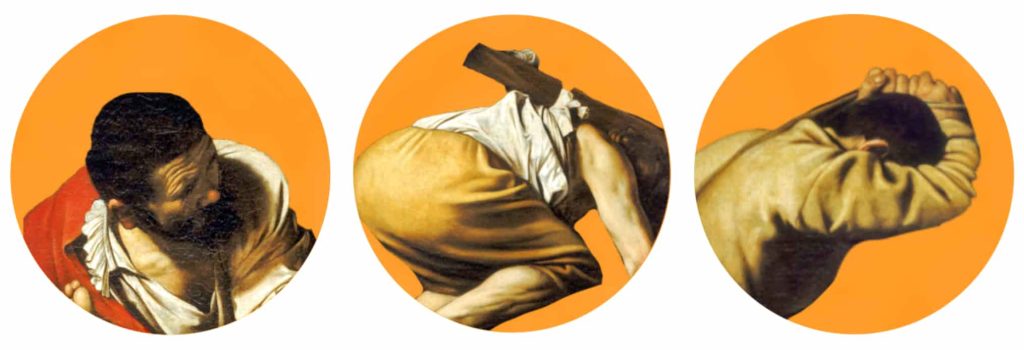
The selective lighting reveals only certain aspects of these characters, leaving their faces in obscurity. Despite this, we can infer a great deal about their lives. They are common men, resigned to follow orders, hardened by the harsh realities of life. Their frequent exposure to intense pain has numbed them, making them perceive it as an inevitable part of life.
Peter: The man grappling with mortality and conviction
In the centre, illuminated from the left, we find the traditionally elderly depiction of the apostle Peter. His body, already affixed to the cross, seems to aid the motion of the cross with a pelvic thrust. Peter’s expression communicates more about his commitment not to mimic his Master than it does about his physical suffering.
The steadfastness and resolve that Peter lacked in his youth now radiate from his visage. He is no longer the reckless apostle present during his Master’s arrest, nor is he the man who thrice betrayed his Master impulsively. He is neither fearless nor a coward. He is simply a man unafraid of death, for he no longer recoils from his convictions.
The crucifixion as a transformative experience
Just as Saul ceased being Saul to become Paul during his conversion, so too does Simon truly affirm himself as Peter in the moment of his crucifixion. It is in this ultimate act of sacrifice and acceptance that his transformation becomes unequivocal.
Caravaggio’s portrayal of the Crucifixion of Saint Peter, therefore, captures not merely a historical event but a profoundly personal and transformative journey, articulated through the artist’s signature command of light, darkness and human detail.



